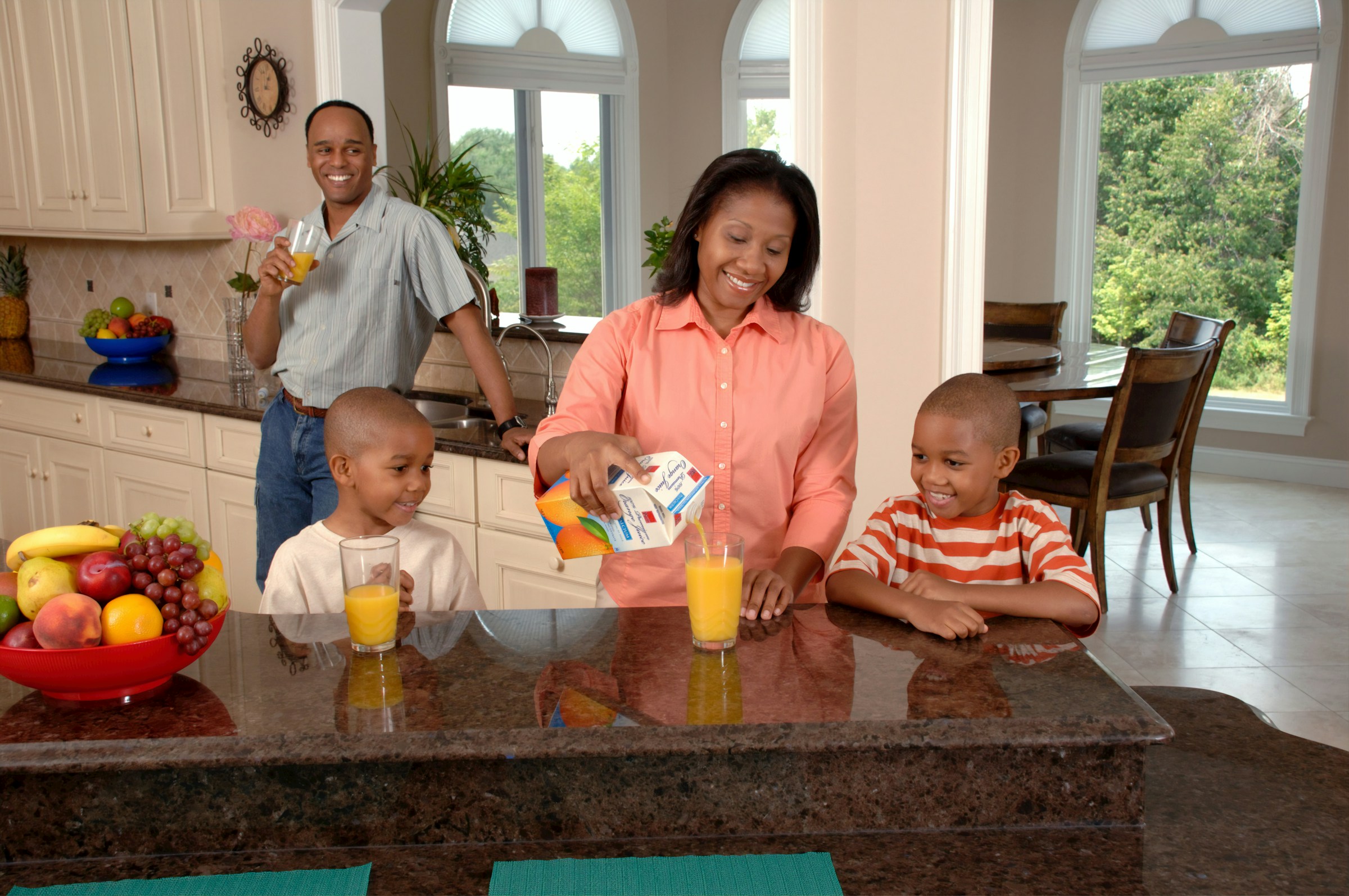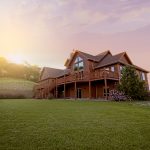In the ever-changing landscape of housing in the UK, more and more people have begun to build multi-generational homes. These homes are designed to accommodate multiple generations of a family under one roof. With thoughtful planning, these homes can create a stylish, functional and harmonious living space for all. This article will delve into the key aspects and considerations when designing a multi-generational home, including private spaces, shared areas, socialising, and facilities for young and old.
1. Making the Most of Shared Spaces
When planning a multigenerational house, it’s crucial to optimise shared spaces. The living room, dining room and kitchen are usually the heart of a home, and it’s crucial to make these spaces comfortable and welcoming for everyone in the family.
Dans le meme genre : What Are the Best Practices for Sustainable Landscaping in Urban Development Projects?
The living room can serve a multitude of purposes, from a gathering point for family leisure time to a quiet space for relaxation. Consider incorporating a variety of seating options to cater to different age groups, from comfortable sofas for older members to floor pillows or bean bags for children.
The dining room could be designed to accommodate the needs of all family members. A large dining table not only facilitates big family meals but also provides space for children to complete their homework or crafts.
Cela peut vous intéresser : What Are the Key Considerations When Designing Family-Friendly Apartments in Suburban London?
The kitchen, being a central hub of activity, needs careful planning. You need to consider safety features, especially if there are young children or elderly family members.
It’s also essential to ensure that the kitchen is user-friendly for all generations. Adjustable-height counters and easy-to-reach shelves are some examples of inclusive design elements that can facilitate multi-generational living.
2. Creating Private Spaces
While shared spaces are essential, providing private space is equally important. Everyone needs a retreat from family life from time to time, regardless of their age. These spaces offer a sanctuary for individuals to relax, work, or pursue hobbies without interruption.
For instance, the layout can include a private living area for the older generation, allowing them to enjoy their favourite activities or television shows without disturbing others. Similarly, children and teenagers often appreciate having their own space for studying or socializing with friends.
You may also want to consider adding en-suite bathrooms for added privacy and convenience. This not only reduces the demands on the main bathroom but also gives each generation the luxury of their own personal space.
3. Facilitating Movement and Accessibility
Designing a multigenerational house also involves careful consideration of accessibility and mobility. As family members age, their mobility and physical abilities may change, and the house design should cater to these potential changes.
Stairs can be a significant challenge for older family members or those with mobility issues. To address this, it may be necessary to have at least one bedroom on the ground floor. Alternatively, you could consider installing a stair lift to facilitate movement between floors.
Similarly, doorways and corridors should be wide enough to accommodate wheelchairs or walkers if necessary. Features like grab bars in bathrooms and non-slip flooring can also enhance safety for older family members.
4. Balancing Independence and Togetherness
In a multi-generational home, it’s crucial to find a balance between independence and togetherness. While living under one roof can foster strong familial bonds, it’s equally important to respect each other’s independence and personal space.
Effective communication is a key part of achieving this balance. This includes discussing the layout and design with all family members involved, ensuring everyone’s needs and preferences are taken into account.
In the layout, there should be clear demarcation between shared and private spaces. This could be achieved through architectural design elements like separate entrances for different sections of the house, or using different colour schemes to highlight boundaries.
5. Considering Future Requirements
Lastly, when planning a multigenerational home, it’s important to think about the future. Family dynamics and requirements can change over time, and the house should be flexible enough to accommodate these changes.
For instance, a playroom for young children could be transformed into a study room or home office in the future. Similarly, a ground-floor bedroom for elderly parents could later be used as a guest room or a hobby space.
In conclusion, building a multigenerational home in the UK requires careful planning and a thoughtful design approach. By considering everyone’s needs and future requirements, you can create a comfortable, functional and harmonious living space that truly feels like home for all generations.
Understanding the Role Housing Providers Play in Multigenerational Living
Housing providers have a significant part in facilitating multigenerational living. They are the link between the planning system and the actual house building, ensuring that the multi-generational housing plans come to fruition. Their role has become increasingly important in the wake of a housing crisis in the UK, with many families seeking affordable housing solutions that cater to all generations.
Firstly, they can offer creative solutions to accommodate different generations’ needs. For instance, they might suggest adjustable kitchen designs that can cater to both young people and older people. This could include mobile kitchen islands, adjustable countertops, and user-friendly appliances. This way, the kitchen becomes a safe and comfortable space for everyone, regardless of age or physical ability.
They can also recommend house plans that allow for future modification. As earlier mentioned, a playroom today might be a home office tomorrow. Housing providers can draft plans that offer this flexibility, ensuring that the home can adapt to the evolving needs of multi-generational households.
Lastly, housing providers can provide advice and guidance on adhering to health and safety regulations. These could include aspects like fire safety, building durability, and public health guidelines. This is particularly important when housing older people, as their health and safety needs may differ from those of the younger generation.
Gemma Burgess, a renowned housing expert, once noted that "Housing providers are a critical part of the multi-generational living puzzle. They not only build the homes, but they also provide the necessary guidance and expertise to ensure that these homes are safe, comfortable, and adaptable."
The Influence of the Housing Market on Multigenerational Living
The housing market is a major factor affecting multigenerational living in the UK. It influences the decisions families make when choosing their living arrangements. Given the current housing crisis, there is an increasing trend towards multigenerational households as a more affordable housing solution.
The high cost of property has made it difficult for young people to own homes, prompting them to live with their parents longer. On the other hand, older people often face challenges maintaining large family homes after their children have moved out. The result is a shift towards multigenerational housing, where resources are shared, and living costs are divided amongst family members.
In response to this, housing providers have had to adjust their designs and offerings. There has been an increase in house plans that cater to multi-generational living, with features such as additional bathrooms and bedrooms, separate living zones, and adaptable spaces.
The housing market has also influenced the location and size of multigenerational homes. In areas where property prices are high, families may opt for smaller homes but make optimal use of the available space through clever home improvement ideas. Conversely, in lower-priced areas, families might choose larger properties that offer more private space for each generation.
In a nutshell, the housing market has a significant influence on the decision to adopt multigenerational living and shapes the design and location of these homes.
Conclusion
Optimising the layout of a multigenerational home in the UK is a multi-faceted task. It requires careful consideration of shared and private spaces, facilitating movement and accessibility, balancing independence and togetherness, and planning for future requirements. Additionally, recognising the role housing providers play and understanding the influence of the housing market are essential nuances in the process.
A successful multigenerational home is one that fosters both unity and individuality. It provides a comfortable living space for everyone, regardless of their age or personal preferences. With thoughtful planning and design, and by engaging the right housing providers, it is possible to create a home that truly caters to the needs of multi-generational families and withstands the test of time. It’s not just about building houses; it’s about creating homes where love, respect, and mutual understanding thrive.






